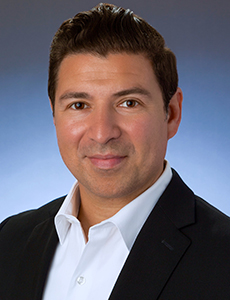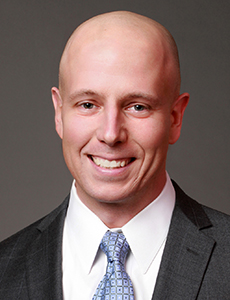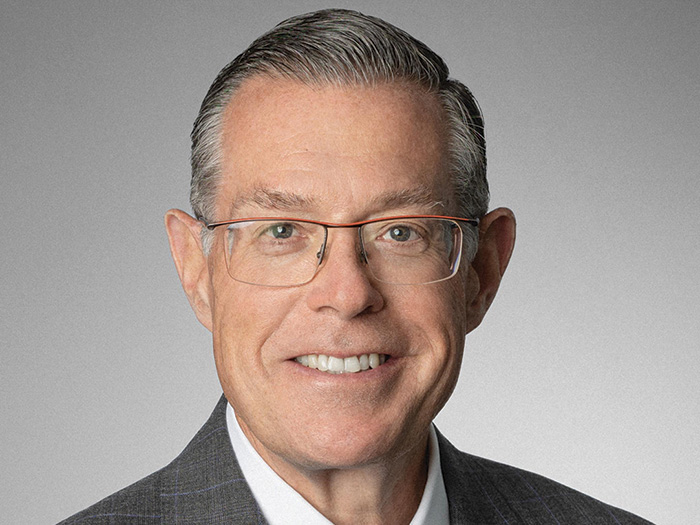Sponsored Content by Concentra
On-site Medical Programs Are a Vital Tool to Support Employees’ Safety in the Workplace

As SARS-CoV-2 variants spread, fear of COVID-19 infection persists and is a major reason the unemployed are not eager to return to the workplace, according to a survey by Indeed, the world’s largest job search website.
About 25% of non-working adults without a college degree and 20% of those with a college degree or higher say COVID-19 is a major hurdle to their return. In addition, around one third of all unemployed adults – of all educational levels – say increased vaccinations is a must before they will return to the workplace.
“One of the largest global business consultants has said the pandemic makes ensuring employee health, safety, and well-being paramount,” says Giovanni Gallara, EVP, chief clinical services officer at Concentra.
“An on-site program – ranging from a single medical director or expanded fully to an advanced on-site medical clinic – is vital to convey a concerted dedication to employee health and protection.”
With more than nine million U.S. job openings in April, then again in May, and increasing to ten million in June, the urgency of an on-site medical presence and services couldn’t be greater. Industries from health care to construction to computer software are facing unprecedented staffing shortages.
The labor shortage will likely make its way into insurance claims, as new and inexperienced staff members are a top cause of workplace injuries, especially in industries like manufacturing and construction, where physical labor is a key part of the job.
“An on-site medical program can play a sentinel role in supporting workforce health and safety and, thus, serve as a missing link or differentiator in employee recruitment and retention efforts,” said Gallara.
“For an on-site program to achieve maximum results, the employer must embrace safety key performance indicators and incorporate safety/wellness into recruiting, daily operations, and safety accountability for leaders. If an employer can weave health and safety protection into the cultural fabric of an organization, that will help with retention by showing employees you’re invested in their health, well-being, and longevity with the organization.”
The Benefits of an On-site Medical Program

Giovanni Gallara
EVP, Chief Clinical Services Officer, Concentra
On-site programs have a three-part role: pre-employment screening, overseeing employee safety and injury prevention initiatives, and providing care to employees if an injury occurs. The role of on-site programs evolved significantly during the pandemic, as demonstrated by Concentra on-site clinicians who flexibly adapted to:
- Provide an informed voice on protocols, vaccinations, and safety
- Manage cases, calm fears, and provide quarantine guidance
- Put employees at ease by their daily presence, allowing them to discuss their concerns
- Address pandemic-related effects to employee well-being, including changes in weight and musculoskeletal health that lead to higher injury rates
“On-site services are tailored to the company’s needs and size. A large company may want to have a full medical center on site, while a smaller employer may be better served by a few nurses or EMTs to triage injuries,” said Michael Rhine, chief operating officer, onsites at Concentra.
“By having on-site programs embedded within the business, companies can send a message to employees that their health and safety is an important priority. Additionally, on-site clinicians can make the workers’ compensation process easier for injured employees by keeping them connected to their employer and providing case management. Instead of employees not seeking care or, if they do, going to a variety of health care providers, an on-site program creates a work-based medical home and provides a care continuum for the workforce,” said Rhine.
Company Culture Must Embrace Employee Health

Michael Rhine
Chief Operating Officer, Onsites, Concentra
Executive leadership buy-in is essential for an on-site medical clinic to be successful. Now, in the second year of the pandemic and facing a critical shortage of skilled employees and new hires amidst fears of SARS-CoV-2 virus variants, more businesses have explored creating a new C-Suite position: chief medical or chief wellness officer.
“The position alone is a good start, but how it’s leveraged is the key to success,” Gallara said.
“If a company does create a chief medical or wellness officer, it is important to integrate that role with senior leadership and to clearly articulate safety and wellness goals that involve the on-site clinic and overall health care programs. Senior leadership must partner with the on-site provider in communications to drive employee engagement, utilization, and value to the employees and business objectives,” Gallara added.
An on-site medical director or a team of clinicians based inside an organization is able to fully understand the culture. They’re integrated within your team,” Rhine said. “You have somebody who understands the work environment and can apply that to their clinical judgment.”
The unique view on-site clinicians have into company operations and culture also speeds up the recovery process for injured employees. On-site clinicians can tailor their medical advice to an employee’s specific needs and job functions.
The Ever-Important Role Your Service Provider Plays
When an organization decides to really focus on health and wellness among its employees – and provide assurances of well-being so necessary in these times of workforce shortages – the next key step is finding a collaborative partner.
Having a service provider that understands the business and can match one or more clinicians to the role is key.
“At Concentra, the team strives to facilitate such a match every time,” Gallara said.
To learn more, visit: https://www.concentra.com/occupational-health/medical-consulting/.
This article was produced by the R&I Brand Studio, a unit of the advertising department of Risk & Insurance, in collaboration with Concentra. The editorial staff of Risk & Insurance had no role in its preparation.










